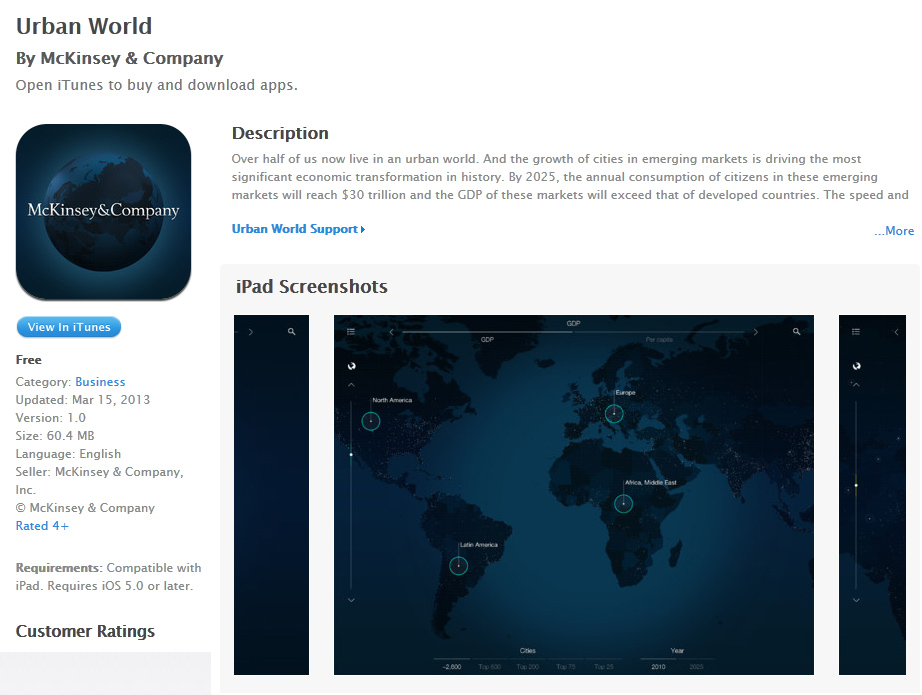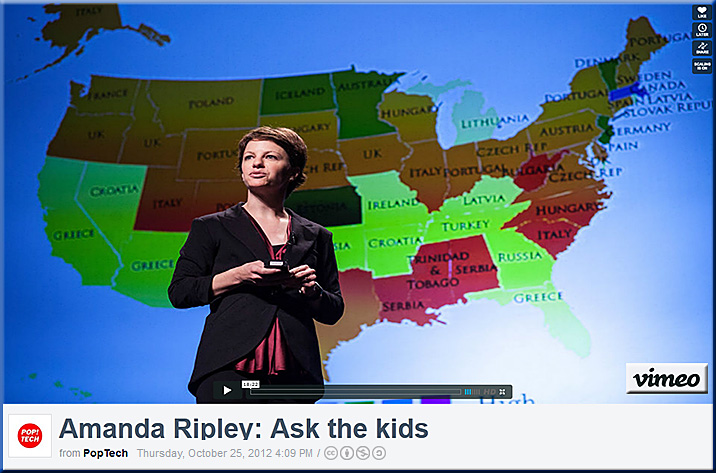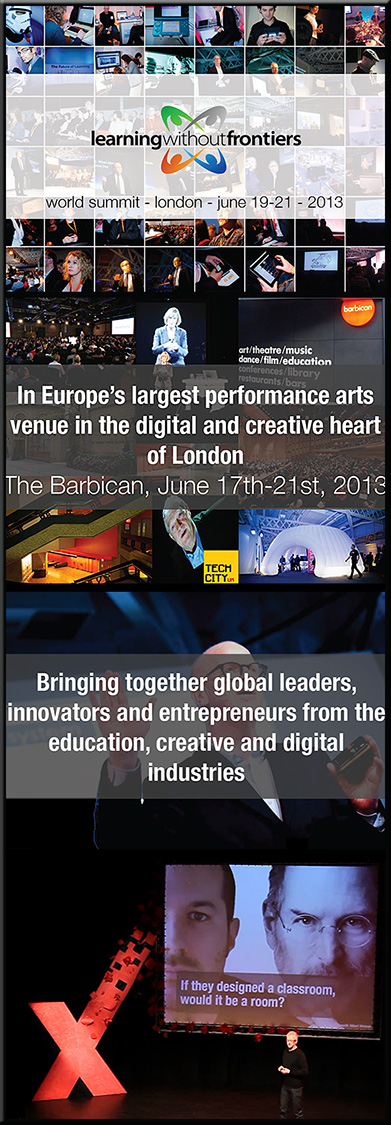MOOC Monitor: European Union unveils its own MOOC Consortium…OpenUpEd — from wiredacademic.com
Excerpt:
As we reported a year ago, the European Union wants to get in to the MOOC game and is doing so now with a dozen partners at colleges throughout Europe in its new OpenUpEd MOOC platform. Partners in 11 different countries (France, Italy, Lithuania, the Netherlands, Portugal, Slovakia, Spain, UK, Russia, Turkey and Israel) joined forces to launch the first pan-European MOOCs initiative with the European Commission backing it. This is a great development for MOOCs globally.
The EU is busy at work, creating transferability and standardization at universities throughout the 27 member countries as part of the Bologna Process. It’s a smart move for the EU to include universities in Turkey and Israel in this consortium as it shows a broader reach to bring European neighbors, friends and NATO members to the table.



























